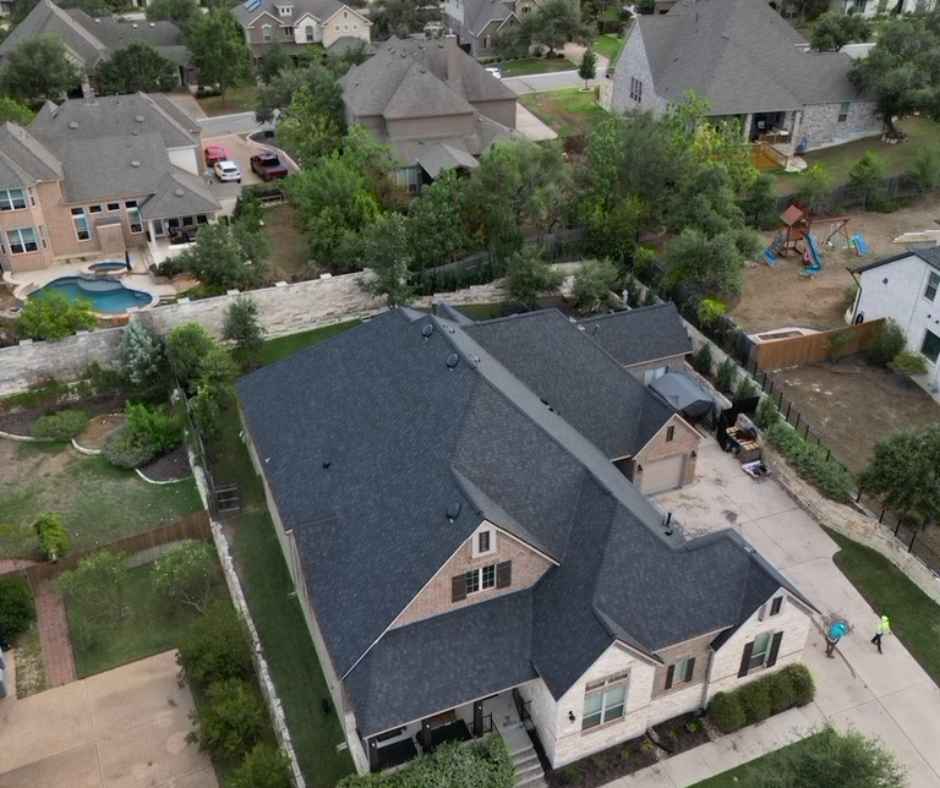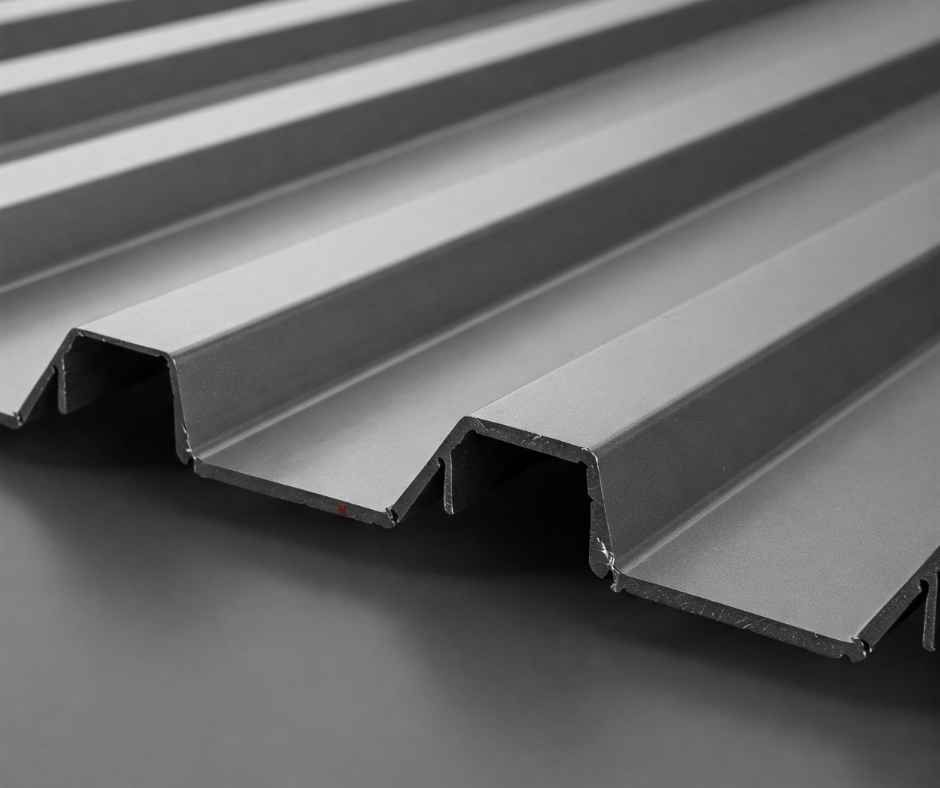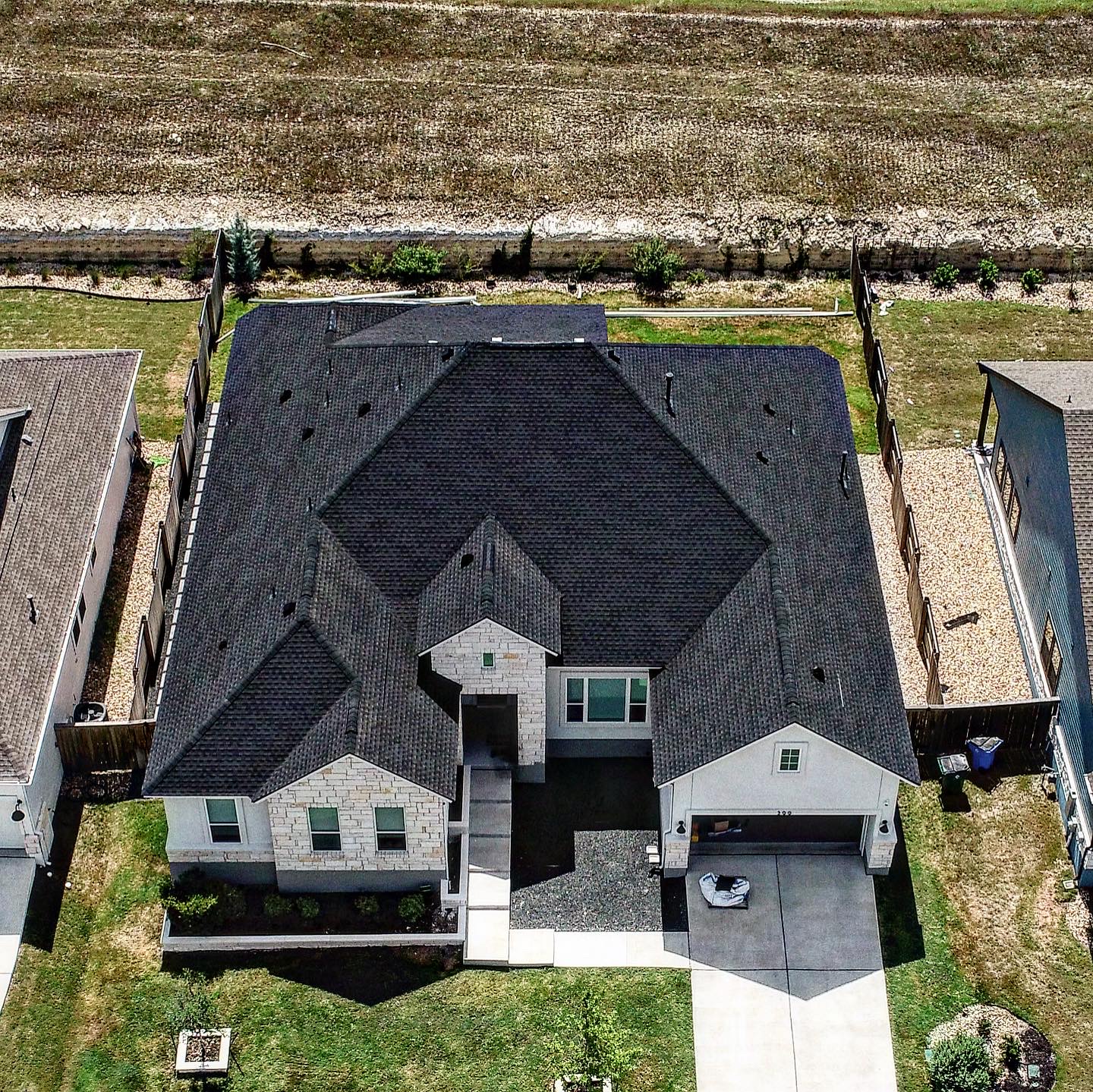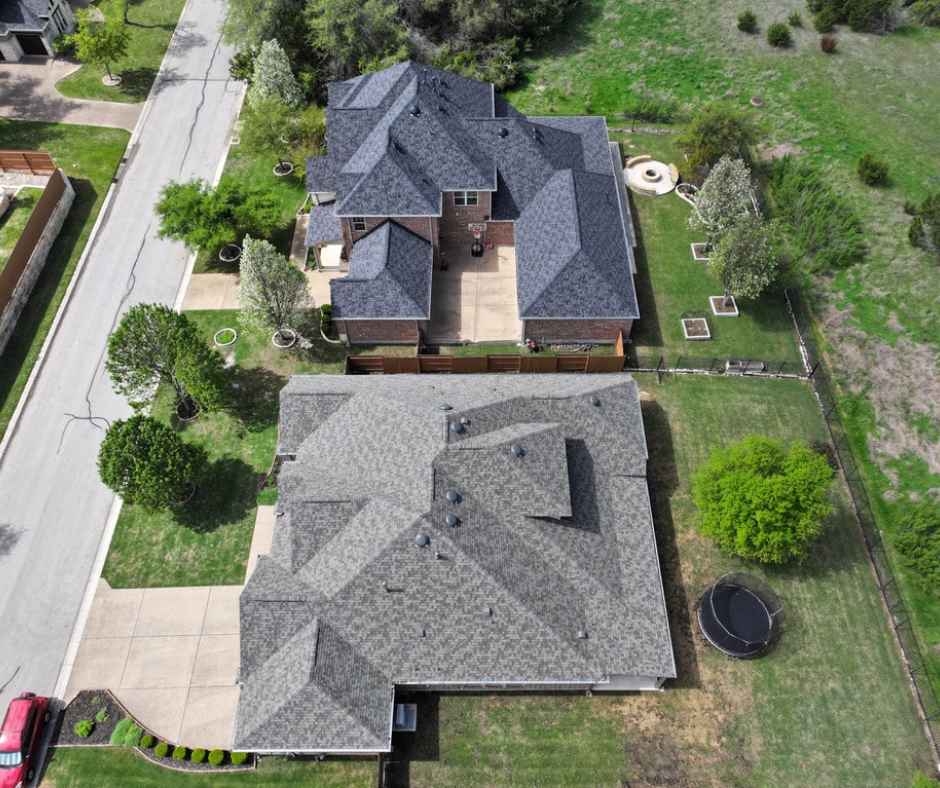Serving Hill Country
& Greater Austin
How to Tell If You Need a New Roof (Even If It’s Not Leaking Yet)

Most homeowners don’t think about their roof until water starts dripping inside, but waiting for that moment can lead to expensive damage. A roof provides more than just shelter; it protects your home’s structure, your belongings, and your family’s comfort. What many people don’t realize is that roofs show subtle warning signs long before leaks appear. Ignoring those signs can lead to mold growth, structural issues, or even a premature full replacement. The good news is that by recognizing these indicators early, you can save time, money, and unnecessary stress.
In this blog, we’ll walk through the key signs that it may be time for a new roof, what causes these issues, and how to take action before problems escalate.
Why Recognizing Roof Warning Signs Matters
Your roof is one of the most important parts of your home, yet it often goes unnoticed until something goes wrong. Many homeowners assume that if the roof isn’t leaking, it must still be in good condition. Unfortunately, this isn’t always true. Roofs can weaken gradually, and by the time water makes its way inside, the underlying damage is often far worse than it looks on the surface.
Recognizing early warning signs matters because it allows you to act before small issues become large, expensive ones. A few missing shingles or a sagging roofline may not seem like much, but they can signal deeper problems such as trapped moisture, compromised structural supports, or insulation that no longer performs as it should. Left unaddressed, these issues can result in mold growth, interior water damage, and even higher energy bills as your heating and cooling systems work harder.
Being proactive about roof health isn’t just about protecting your home today. It’s also about preserving its long-term value. A well-maintained roof adds curb appeal, boosts energy efficiency, and ensures that you won’t be faced with an unexpected emergency replacement. Understanding what to look for helps you make smarter decisions about repairs and replacements, giving you peace of mind and a safer, more comfortable home.
Key Signs You May Need a New Roof
Even if your roof looks fine at first glance, there are often subtle indicators that it’s nearing the end of its lifespan. Knowing what to look for can help you identify potential problems before they lead to expensive repairs. While not every sign guarantees you need a full replacement, several red flags should never be ignored.
Common Signs
One of the most visible signs of roof trouble is shingle damage. If you notice curling, buckling, or missing shingles, it often means the materials have aged past their prime or sustained storm damage. Another clue is the presence of dark streaks or moss, which may indicate trapped moisture or algae growth that can weaken the roof over time.
Your roofline can also reveal problems. A sagging appearance may point to structural issues beneath the shingles, such as rotted decking or weakened supports. In addition, if you see granules collecting in your gutters, it suggests your shingles are wearing down and losing their protective surface. Some homeowners also report higher energy bills, which can happen if the roof is no longer insulating the home effectively. Finally, daylight shining through attic boards is a clear sign that your roof is compromised and needs immediate attention.
Causes of Roof Damage
These signs often tie back to a handful of common causes. Age is the biggest factor, as most asphalt shingle roofs last between 20 and 25 years before showing significant wear. Severe weather, including hail, high winds, or heavy rain, can speed up this process by loosening shingles or causing hidden leaks. Inadequate attic ventilation may trap moisture, leading to mold growth and wood rot beneath the roof’s surface. Poor installation practices or low-quality materials can also create problems much sooner than expected.
Understanding why these issues develop makes it easier to decide whether repairs are enough or if replacement is the smarter choice. By paying attention to the causes, you’ll not only spot current problems but also prevent future ones.
Solutions or Ways to Fix the Problem
Once you recognize that your roof may be in trouble, the next step is deciding how to address it. Some issues are manageable with simple maintenance, while others require professional expertise. Understanding the difference can help you protect your home without overspending.
DIY Solutions
For homeowners who are comfortable with small maintenance tasks, there are a few steps you can take to extend the life of your roof. Keeping gutters clean is one of the easiest and most effective ways to prevent water from pooling along the roofline, which can cause rot or leaks. If you notice a few missing shingles, replacing them promptly can help prevent water from seeping into exposed areas. Trimming back tree branches that hang over your roof also reduces the risk of damage from falling limbs and cuts down on the amount of debris that accumulates on the surface.
These simple actions don’t require advanced tools or experience, but they do make a significant difference in protecting your roof from early wear and tear. Regular attention to these details can help buy you time before a full replacement is necessary.
When to Call a Professional
While DIY fixes are useful for minor issues, there are clear situations where professional help is the safest and most effective option. If you notice widespread shingle damage, sagging areas, or evidence of leaks inside your home, these are signs that the problem has moved beyond a quick repair. Structural issues or ventilation problems in the attic also require expert evaluation to ensure that the entire roofing system functions as it should.
Calling a professional is also wise if your roof is nearing or has passed its expected lifespan. Even if it isn’t leaking yet, older roofs often hide underlying issues that only a trained eye can detect. A roofing specialist can provide a thorough inspection, recommend the best course of action, and carry out a replacement if needed. By bringing in an expert, you’ll gain peace of mind knowing the job is done right and that your home is protected for years to come.
Tips to Help Prevent Premature Roof Failure
A roof is one of the biggest investments you’ll make in your home, and the best way to protect that investment is through consistent care. While some wear and tear is inevitable, homeowners can take steps to extend the life of their roof and avoid costly repairs down the road.
One of the most effective strategies is scheduling regular roof inspections. Having a professional check your roof at least once a year allows small issues to be caught and addressed before they turn into larger problems. Prompt repairs also go a long way in preventing damage from spreading. If you spot a missing shingle or notice loose flashing, taking action quickly can save you from dealing with water intrusion or structural damage later.
Ventilation and insulation play a major role in roof health as well. A poorly ventilated attic can trap moisture, leading to mold growth and weakened wood supports. Similarly, insufficient insulation can cause uneven heating and cooling in your home, which may place additional stress on the roofing system. Ensuring these areas are in good condition helps your roof last longer and keeps your home more energy efficient.
Tree maintenance is another often-overlooked step in roof care. Branches that rub against shingles can wear them down, and falling limbs can cause sudden damage during storms. Keeping trees trimmed back not only prevents physical harm but also reduces debris buildup that can clog gutters and cause water to back up under the roofline.
Finally, if you find yourself replacing your roof, investing in high-quality materials is one of the smartest decisions you can make. While cheaper options may be tempting, premium shingles and professional installation ensure your roof withstands weather and time more effectively. This upfront investment pays off in fewer repairs, longer roof life, and greater peace of mind.
Wrap-Up: Protect Your Home With a Strong Roof
Your roof may not be leaking today, but that doesn’t mean it’s free from problems. Subtle warning signs like curling shingles, sagging lines, or rising energy bills often point to bigger issues hiding beneath the surface. By recognizing these early indicators, you can act before costly damage sets in and protect the long-term value of your home.
Being proactive with maintenance, scheduling inspections, and calling in a professional when necessary ensures your roof continues to perform as it should. A strong, healthy roof not only shields your home from the elements but also provides peace of mind for you and your family.
If you’ve noticed any of the signs discussed in this blog, don’t wait until water is dripping from the ceiling. Contact NextGen Roofing & Construction today to schedule a roof inspection or replacement consultation. Our team is here to provide expert guidance and lasting solutions that keep your home safe, secure, and comfortable.


